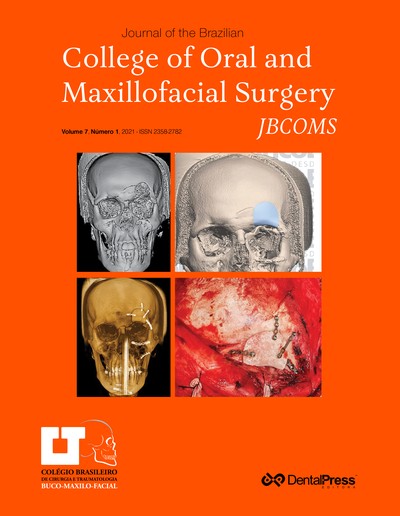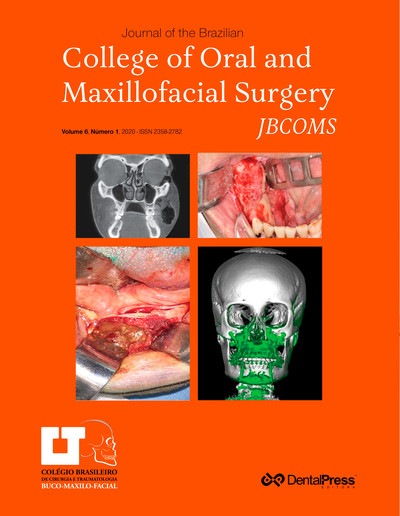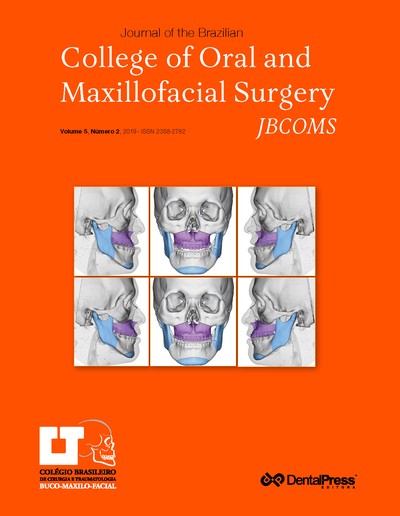
Removal of sialolite in Wharton’s duct by electrosurgery: case report
Rodrigo Souza Capatti, Lucas Rodarte Abreu Araújo e| Marcela Silva Barboza.
Sialolithiasis accounts for 30% of salivary gland morbidity. Characterized by the interruption of normal salivary flow due to the formation of calcified structures along the duct or in the glandular parenchyma, this condition, often underdiagnosed, can lead to pain, edema and infection of the affected region. The treatment methods cited in the literature are based on the characteristics of the lesion and vary between surgical and conservative. The present study presents a case report of the use of electrosurgery for the treatment of sialolithiasis in submandibular gland with immediate elimination of signs and symptoms reported by the patient, and absence of postoperative complications. Postoperative surgery and healing were satisfactory; there were no complaints on the part of the patient, which evolved without symptomatology during the followup period. The removal of intra-oral sialoliths using electrosurgery showed control of trans and postoperative hemorrhage and low morbidity.
Keywords: Oral surgical procedures. Maxillofacial abnormalities. Salivary duct calculi.
How to cite: Capatti RS, Araújo LRA, Barboza MS. Removal of sialolite in Wharton’s duct by electrosurgery: case report. J Braz Coll Oral Maxillofac Surg. 2019 Sept-Dec;5(3):40-4.
Monday, April 29, 2024 10:31










